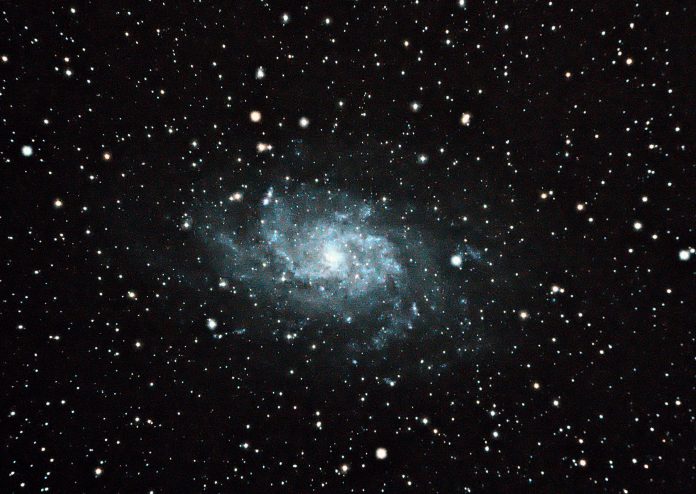In a study published in the Astrophysical Journal, researchers from the University of Washington, Yale University, and international partners have uncovered a surprising correlation between the size of galaxies and their cosmic surroundings
Led by Aritra Ghosh, a postdoctoral researcher at UW, the team utilised advanced machine-learning techniques to analyse data from the Hyper Suprime-Cam Subaru Strategic Program, capturing detailed images of millions of galaxies.
The study focused on galaxies residing in vastly different environments: densely populated regions teeming with neighbouring galaxies versus solitary expanses of the universe.
Galaxies in dense neighbourhoods
Galaxies clustered in dense neighbourhoods were found to be up to 25% larger than their counterparts in quieter cosmic locales of similar mass and shape.
“Current theories of galaxy formation and evolution cannot adequately explain the finding that clustered galaxies are larger than their identical counterparts in less dense regions of the universe,” remarked Ghosh. “Sometimes what the theories predict we should find and what a survey actually finds are not in agreement.”
Previous studies on this topic produced conflicting results, with some suggesting smaller sizes for clustered galaxies and others indicating the opposite. The comprehensive scope of the current research, employing data from millions of galaxies and leveraging the GaMPEN (Galaxy Morphology Posterior Estimation Network) tool developed by Ghosh during his doctoral work, provided a clear and statistically robust conclusion.
Modern Astronomy: Working out the size of galaxies
The study posits several hypotheses to explain this phenomenon. One theory proposes that galaxies in dense regions may have initially formed larger, possibly due to more favourable conditions or efficient mergers with nearby galaxies.
Another consideration is the role of dark matter, the elusive substance that shapes the cosmic web and influences galaxy formation through gravitational interactions within dark matter halos.
The team’s approach not only confirms the existence of a size-environment relationship among galaxies but also underscores the importance of advanced computational tools in modern astronomy.
By accurately quantifying uncertainties and analysing massive datasets, researchers are paving the way for deeper insights into the fundamental processes governing our universe.
The research was made possible through funding from NASA, the Yale Graduate School of Arts & Sciences, and several other institutions, reflecting a collaborative effort across the global astrophysics community.
As astrophysicists continue to refine their models and theories in light of these findings, the study serves as a beacon of progress in understanding how galaxies, the building blocks of our universe, evolve and interact within their cosmic neighbourhoods.











